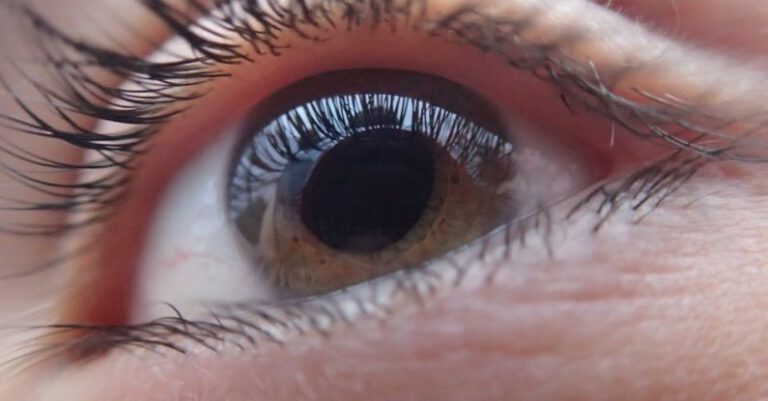
Anxiety disorders are among the most common mental health conditions that affect millions of people worldwide. While it is normal to experience feelings of anxiety in certain situations, such as before a job interview or a big presentation, individuals with anxiety disorders often face persistent and overwhelming feelings of worry and fear that can significantly impact their daily lives. There are several types of anxiety disorders, each with its own set of symptoms and characteristics. Understanding these different types is crucial in recognizing and seeking appropriate treatment for those affected.
Generalized Anxiety Disorder (GAD)
Generalized Anxiety Disorder, often referred to as GAD, is characterized by excessive and uncontrollable worry about various aspects of life, such as work, relationships, health, and everyday situations. Individuals with GAD may experience symptoms like restlessness, irritability, difficulty concentrating, muscle tension, and sleep disturbances. The worrying associated with GAD is often disproportionate to the actual circumstances, and it can be challenging for individuals to control their anxious thoughts.
Panic Disorder
Panic Disorder is characterized by recurring and unexpected panic attacks, which are sudden episodes of intense fear or discomfort that reach their peak within minutes. These attacks can be accompanied by physical symptoms such as heart palpitations, sweating, trembling, shortness of breath, and feelings of impending doom. People with Panic Disorder often live in fear of experiencing another attack, which can lead to avoidance behaviors and agoraphobia, a fear of being in situations where escape may be difficult.
Social Anxiety Disorder
Social Anxiety Disorder, also known as social phobia, is characterized by an intense fear of social situations and interactions. Individuals with this disorder may have a persistent fear of being judged, embarrassed, or humiliated in social settings, leading to avoidance of social gatherings, public speaking, or interactions with unfamiliar people. Physical symptoms like blushing, sweating, trembling, and nausea can accompany social anxiety, making it challenging for individuals to engage in normal social activities.
Specific Phobias
Specific Phobias are characterized by an intense and irrational fear of a specific object or situation. Common phobias include fear of heights, spiders, flying, needles, and enclosed spaces. When faced with the object of their fear, individuals with specific phobias may experience extreme anxiety, panic attacks, and a strong desire to avoid the triggering stimulus. Phobias can significantly impact a person’s quality of life and may interfere with daily activities if left untreated.
Obsessive-Compulsive Disorder (OCD)
Obsessive-Compulsive Disorder is an anxiety disorder characterized by recurrent, intrusive thoughts (obsessions) and repetitive behaviors or mental acts (compulsions) aimed at alleviating anxiety or preventing a feared outcome. Common obsessions include fears of contamination, causing harm to others, or being responsible for a catastrophe. Compulsions often involve rituals like excessive handwashing, checking, counting, or arranging objects in a specific way. OCD can be distressing and time-consuming, affecting a person’s ability to function in daily life.
Post-Traumatic Stress Disorder (PTSD)
Post-Traumatic Stress Disorder can develop after experiencing a traumatic event such as war, natural disasters, accidents, or physical violence. Symptoms of PTSD can include flashbacks, nightmares, severe anxiety, hypervigilance, and avoidance of reminders of the traumatic event. Individuals with PTSD may have difficulty regulating their emotions and may feel detached from others. PTSD can have a significant impact on a person’s mental health and overall well-being.
In conclusion, anxiety disorders encompass a wide range of conditions that can significantly impact an individual’s mental health and quality of life. By understanding the different types of anxiety disorders and their unique characteristics, individuals can better recognize the signs and symptoms, seek appropriate treatment, and work towards managing their anxiety effectively. If you or someone you know is struggling with anxiety, it is essential to seek help from a mental health professional to receive proper diagnosis and support. Remember, you are not alone, and help is available.





